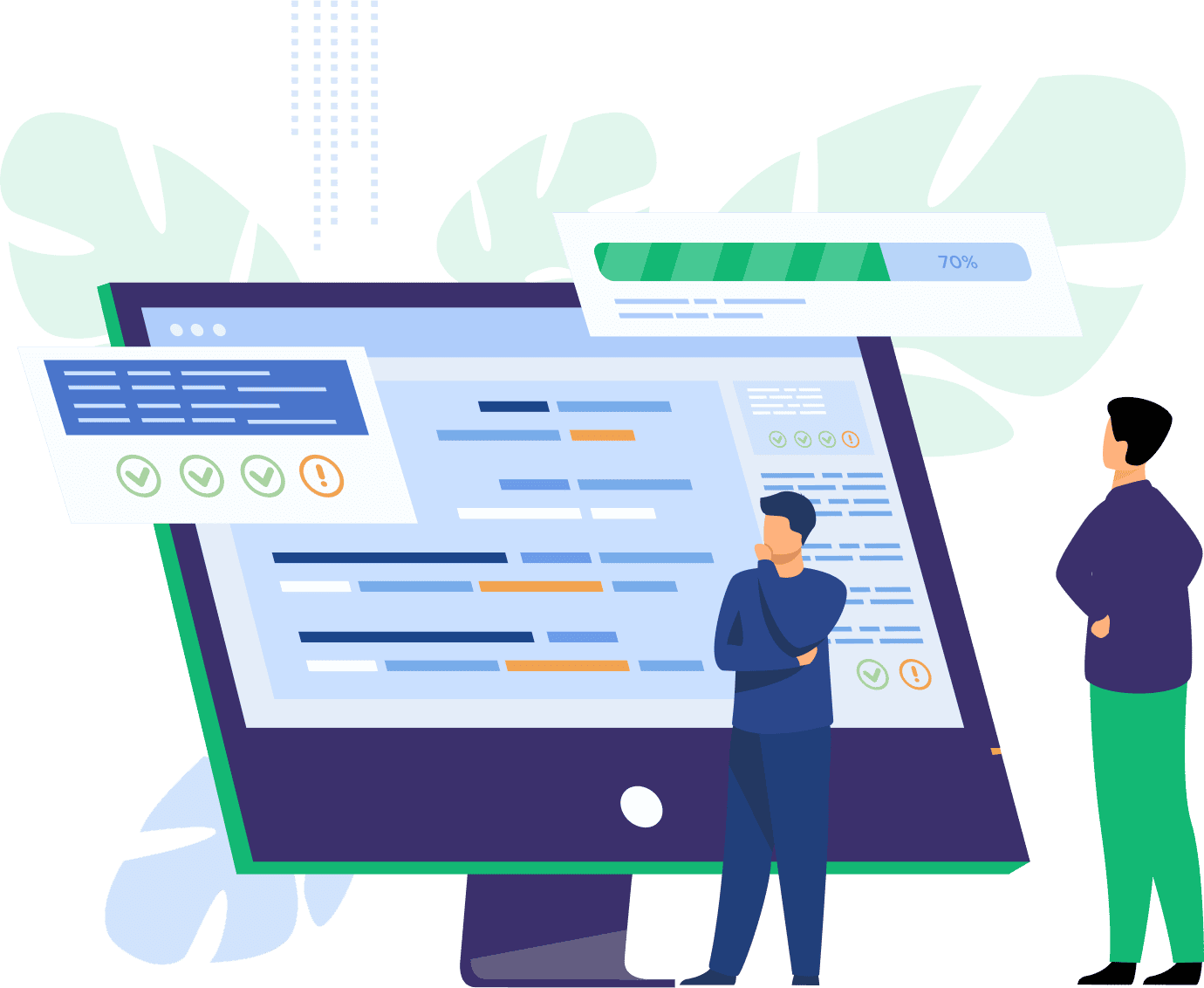Powered by a powerful language DART, created in the labs of Google Inc, Flutter has not only caught the attention but also a great interest in the development community. Thanks to Lars Bak and Kasper Lund for launching Dart commercially in the year 2011 and Google for making it an open-source for the world to experience.
Over the years, we have witnessed the rise and fall of hybrid frameworks, be it Phonegap, Ionic, Sencha Touch, Titanium, Xamarin, Native Script or lately React Stack. The problem with any new product in this development space is its lack of ability to stay fluid and adaptive per the changing dynamics of the ecosystem. The community has always looked for an easier, scalable and steady platform that can be used as an alternative to the costly Native Approach.
With Dart synced in, #Flutter promises to address all the major issues developers face while coding the applications. For Instance :
1. Fluidity:
The UI of the Flutter apps are built-in code and not in the XML file. This not only makes Flutter fast, predictable, virtually everything ( including all the widgets) can be customized
2. Seamlessness Achieved through its architecture:
Though Flutter has surely been inspired by Facebook’s React Stack, it doesn’t require a Javascript bridge as it is needed in React, which in turn boosts up the speed of development. Flutter engine has most of the native components in the framework itself and it doesn’t always need a bridge to communicate with the native components.
3. Ease of Use:
One of the most powerful features of Flutter is ‘Hot Reload’. Once you will commit changes in any class of the code, then you can easily audit these changes taking its effect in the app by pressing the hot reload. It allows you to instantly rebuild your project as if it was just a web page.
4. Reduced Testing Time:
Just like it happens in Java, Write once, run anywhere, Flutter apps are cross-platform. The testers do not always require to run the same set of tests on different platforms such as iOS, Android or web. Flutter has built-in support for unit testing, for logic and widget testing for User Interface(UI)/interactions.
5. Good Choice of Minimum Viable Product Development:
For the SMEs who are looking to impress the angel investors for seed funding, they are to gain maximum benefits of this platform for being Faster and easier to pockets as compared to the available choices in the market.
How do the non-development community, business owners benefit from Flutter?
- You can reduce your labor costs as you only need one team per app. If currently, you have hired multiple people on projects, you can migrate to Flutter and use optimize the productivity of your team
- If you have a cluster of apps under your portfolio, those apps would need maintenance over time, Having them built with Flutter allows you to o save efforts in optimizing their views for multiple devices. You can focus on one platform instead of multiple ones.
- Hot-Reload does not need more than 11 seconds at worst to view the changes you have made to the code. To Debug the builds, Flutter uses JIT compilation and rapid prototyping. These features allow you more leverage in the agile, waterfall, scrum techniques to bring about changes to the code. The changes may be functional or structural, Flutter gives an edge in managing them efficiently to save considerable time and cost.
The future of Flutter appears to be promising. In a very short time span, it was able to get big brands on board like Alibaba, Tencent, Square, NewYork Times, etc. At CS Soft Solutions, the application engineering team finds complete joy with the new technology while for our clients, now a viable option of technology for writing multiple platforms is there and has the backing of Google for future updates.









